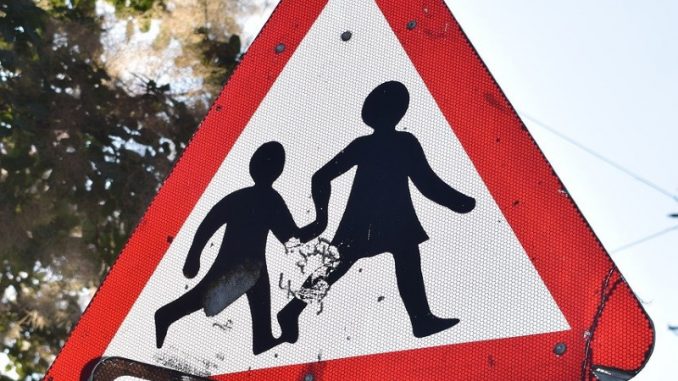
Traffic could be banned on streets directly outside many schools at drop off and pick up times as part of efforts to improve safety, encourage active travel and cut pollution if a pilot study proves successful.
North Yorkshire County Council looks set to examine the impacts of the Department Of Transport-backed School Streets initiative over 18 months, just weeks after ratifying a new 20mph zone policy, under which the authority has undertaken to scrutinise where it could lower speed limits outside schools.
While the move followed years of pressure from road safety campaigners calling for blanket 20mph zones across all built-up areas in the county, the authority has insisted such action would not be suitable everywhere, such as , places where the current average speed is above 24mph.
The authority’s executive member for access, Councilor Don Mackenzie, said it was hoped if a Safer Streets pilot outside Seamer and Irton Community Primary School was agreed after a consultation with residents and parents and proved successful, that the initiative would complement the council’s 20mph zone policy.
The trial would involve the school placing a ‘Road Closed’ sign across the road by the school at the appropriate times.
However, an officer’s report on the proposal states while North Yorkshire Police would be responsible for enforcing road closures, the force had advised that “it is supportive of School Streets, but could not resource enforcement”.
The council officer’s report states: “An appropriately applied scheme should minimise the risk of regular contravention and enforcement issues.”
It states the trial will be judged on whether it has led to an increase in active travel, cut traffic speeds and volumes in the area and the impact on the surrounding community and environment, but it was anticipated Schools Streets would not be appropriate for the majority of locations.
The move comes weeks after a Transport for London study of 300 established School Streets found most people believed the vehicle bans had pushed congestion and parking issues elsewhere, while the lack of enforcement created safety concerns.
Coun Mackenzie said introducing restrictions in front of schools could displace parking problems elsewhere, but added: “I would rather have the problem removed from in front of schools because that is an area that deserves more protection than any other.”
He said: “We fully appreciate, and I personally understand, why the police have areas of greater concern to them to enforce than 20mph limits. In North Yorkshire we have very very few road traffic incidents involving injury in our built-up areas where there is a 30mph limit.
“We’re looking at other interventions to improve safety outside schools, to persuade people not to park in front of schools, or even worse, to drop their children off and leave the engine running.
“If this pilot is successful we will look to introduce it in many other locations in front of schools.”
North Yorkshire Police, Fire and Crime Commissioner Zoë Metcalfe said decisions on how North Yorkshire Police enforced any restrictions put in place were operational ones for the chief constable and her team.
She said: “North Yorkshire Police will always prioritise those areas where there is greatest risk to road users and will deliver on road safety enforcement activity where appropriate with partners.
“Once decisions are made by the county council, I am sure all groups and organisations in the York and North Yorkshire Road Safety Partnership will come together to discuss how any School Streets projects can be implemented and supported as part of the wider delivery of the recently published Safer Roads Strategy.”


Be the first to comment